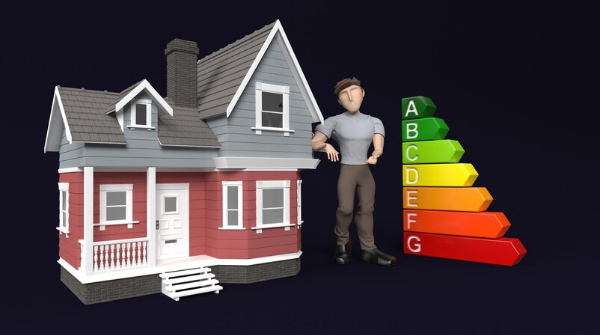Exceptionally hot days do more than just make you sweat. Excessive heat warnings can threaten health, comfort, and safety, especially for those who aren’t ready. A few simple choices before and during a heat event can help keep your home cool, protect your loved ones, and even save on utility bills.
What are Excessive Heat Warnings
Excessive heat warnings are official alerts announced when dangerous heat conditions could affect your community. Experts issue these warnings when high temperatures (often above 100°F) and humidity combine to pose a risk, especially for older adults, kids, or anyone without easy access to air conditioning.
During excessive heat, the risk for heat stroke, dehydration, and other health problems jumps dramatically. Even healthy adults can feel the impact—think of your house turning into a slow cooker. Populations like the elderly, pets, and young children face higher dangers. Monitoring updates from sources like the National Weather Service can give you a heads-up before things get extreme.
Immediate Steps to Keep Your Home Cool
When a heat warning comes, don’t wait to act. Fast, simple steps can keep indoor temperatures from spiraling.
Block Out the Heat: Windows, Doors and Insulation
- Close shades, curtains, and blinds during the hottest parts of the day.
- Add reflective window coverings or even aluminum foil on the outside of windows facing the sun.
- Seal cracks and gaps around doors and windows using weather-stripping or towels.
- Limit heat entry by keeping windows and doors closed when it’s hotter outside.
Every bit of heat you keep out is energy your AC or fans don’t have to spend. Think of your home as a cooler—lid tightly shut and sunlight blocked out.
Optimize Cooling Equipment and Air Flow
- Set ceiling fans to run counterclockwise. This helps move cool air down where you need it.
- Check and clean air filters in your air conditioner.
- Use portable fans wisely. Place them so they push hot air out during cooler evenings, or create cross-breezes.
- Create a cool room. Choose a shaded space or the lowest level of your home. Help everyone gather there during peak heat.
- Run AC only when needed, and set it to the highest comfortable temperature—it uses less energy but keeps the house cool.
Open windows briefly at night if it’s cooler outside, then close up again in the morning to trap that cool air.
Stay Safe and Healthy During Extreme Heat
Staying cool isn’t just about comfort. Heat can sneak up on you, especially indoors. Basic habits make a big difference.
- Drink water often. Even before you feel thirsty.
- Wear light-colored, loose clothing.
- Take cool showers or baths if you overheat.
- Eat light meals and avoid heavy cooking.
- Monitor local updates for emergency cooling centers and safety info like those found on Ready.gov.
Monitor for Heat-Related Illnesses
Heat exhaustion and heat stroke are life-threatening if missed:
Signs of heat exhaustion:
- Heavy sweating
- Weakness or dizziness
- Nausea or headache
Heat stroke looks like:
- No sweating, high body temperature (103°F or higher)
- Confusion
- Fainting
If you see these symptoms, get to a cool place, use cold cloths, and call 911 if it’s serious. See more details via the Red Cross Extreme Heat Safety guide.
Check on Vulnerable Individuals and Pets
Older adults, kids, and folks with medical conditions are usually the first to struggle during heat. Pet paws can burn on hot cement, and animals overheat fast without water. Check on neighbors and family, make sure pets have shade and lots of fresh water, and never leave anyone in a parked car.
Long-Term Preparations for Future Heat Waves
Planning ahead now can make future heat waves less stressful:
- Upgrade insulation in attics and walls to keep heat out.
- Install cool roofing materials to reflect sunlight.
- Plant shade trees or add awnings to your home’s exterior.
- Use programmable thermostats and smart fans to optimize cooling.
- Consider whole-house fans or energy-efficient AC systems.
Each change can boost comfort, lower bills, and increase your home’s value.
Conclusion
Getting ready for an excessive heat warning isn’t just a chore—it’s a form of protection against serious risks. Blocking out sunlight, sealing up your home, and checking on loved ones keeps everyone safe and comfortable. Over time, upgrading your home’s cooling methods will add peace of mind for when the next heat wave hits.
Small steps today can prevent a lot of worry tomorrow. Share this advice with friends and family, and stay alert for weather updates and local safety info. Keeping your home cool and safe during excessive heat starts with knowing what to do and acting now. Also, you can contact a professional—Diana Rangaves to offer you more tips on how to ensure safety during the hottest days.








